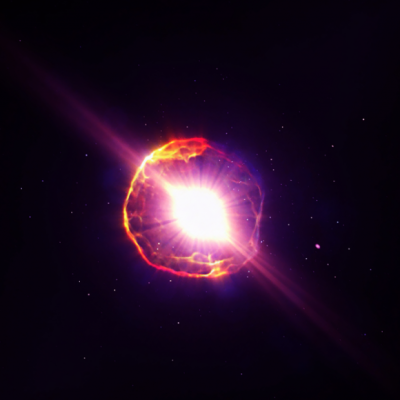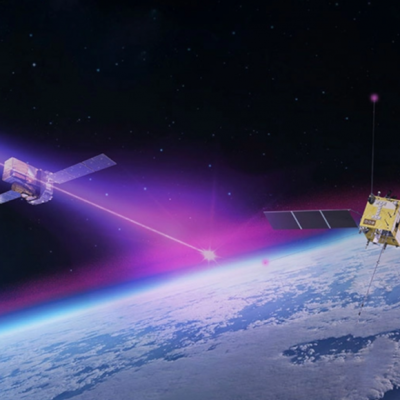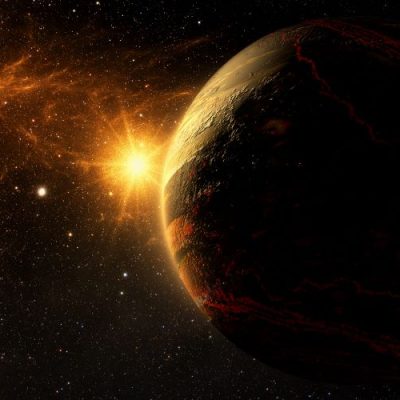A new study suggests that the universe may be twice as old as previously thought. This is supported by stars like Methuselah, which appear to be older than the estimated age of the universe. The age of the universe has been determined by measuring the light of the oldest stars in distant galaxies due to redshift and the time elapsed since the Big Bang. However, stars like Methuselah and early galaxies discovered by the James Webb Space Telescope have raised doubts about the estimated age of the universe. Researchers at the University of Ottawa have published a study that challenges the theory of Zwicky, which describes the redshift of light as a result of the gradual loss of energy from photons. The researchers argue that the redshift can be interpreted as a mixed phenomenon rather than solely due to expansion. According to their new model, the universe is around 26.7 billion years old, twice the previously estimated age.
The researchers also argue that the development of coupling constants, which determine the interactions between particles, could have varied over time. By allowing them to evolve, the time frame for the formation of early galaxies observed by the Webb telescope can be extended from a few hundred million years to several billion years. This helps to explain the surprisingly high development of ancient galaxies. The researchers also propose a reinterpretation of the cosmological constants that represent dark energy and describe the accelerated expansion of the universe. According to them, one constant should take into account the development of coupling constants, which helps to understand the sizes of galaxies in the early universe.
This study challenges the current understanding of the age of the universe and provides new insights into the development of early galaxies. The researchers’ proposed model and reinterpretation of cosmological constants could have significant implications for future studies of the universe.







-400x400.jpg)


